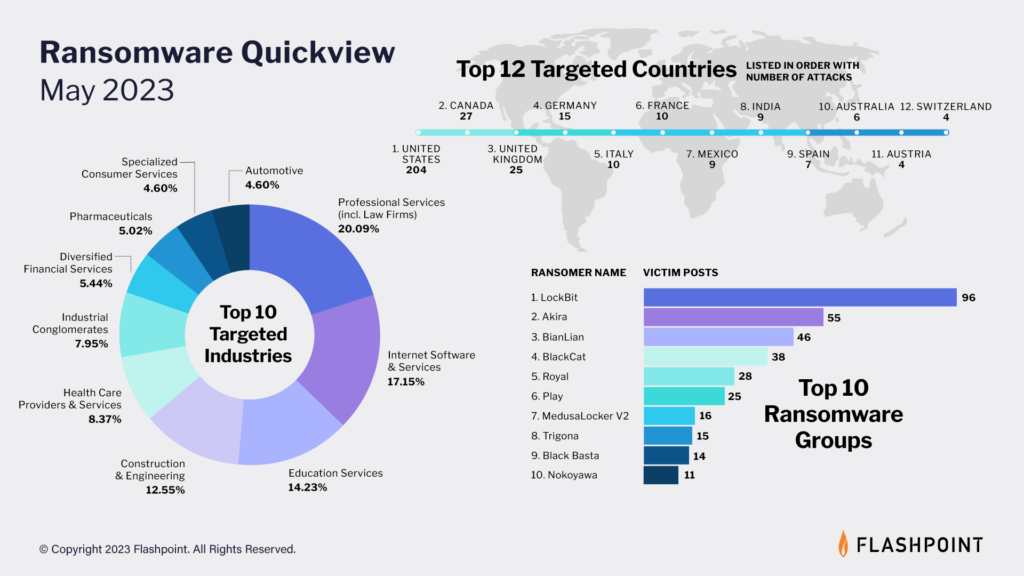Comprehensive Guide to Ransomware: Decryption, Recovery, Prevention
Dark 101 Ransomware Analysis
Overview of Dark 101 Ransomware
Dark 101 is a ransomware-type program based on Chaos ransomware, identified during routine inspections of new submissions to VirusTotal. This malware encrypts files on the infected system and demands a ransom for their decryption. Encrypted files have their names altered to include a four-character random extension. For instance, "1.jpg" becomes "1.jpg.9xdq" post-encryption.
The ransomware alters desktop wallpaper and drops a ransom note titled "Dark101_read_it.txt." Unlike standard ransom notes, Dark 101 frames its demands as a form of hacktivism, claiming the ransom is a "donation" to aid the homeless.
Ransom Note and Ransom Demands
The ransom amount demanded by Dark 101 is $100. The associated cryptowallet address is 42AjCeEqHPAbpmhKWDa17CqMQFeuB3NTzJ2X28tfR. It is vital to note that paying the ransom does not guarantee receipt of decryption tools, and victims may not regain access to their data.
Symptoms and Infection Methods
Victims of Dark 101 ransomware typically encounter the following symptoms:
- Inability to open files, which now carry altered extensions.
- A visible ransom demand message on the desktop.
The primary infection vectors for Dark 101 include phishing attacks, malicious email attachments, and drive-by downloads. Ransomware can also propagate through local networks and removable storage devices.
Threat Summary
- Threat Type: Ransomware, Crypto Virus, Files locker
- Encrypted Files Extension: Four random characters
- Ransom Note: Dark101_read_it.txt
- Ransom Amount: $100
- Free Decryptor Available: No
For more information, visit VirusTotal.
Malware Removal Strategies
To effectively eliminate Dark 101 ransomware, it is recommended to use legitimate antivirus software. Combo Cleaner is one such tool that can assist in scanning and removing the malware.
Steps for Malware Removal
- Disconnect from the Internet: This prevents further communication with the ransomware servers.
- Unplug External Storage Devices: Remove any connected devices to prevent encryption of additional data.
- Log Out of Cloud Accounts: Ensure that the ransomware cannot access cloud-stored data.
For additional details on malware removal tools, consider using Combo Cleaner Antivirus for Windows.
Data Recovery Options
Once the ransomware is removed, data recovery becomes the next priority. Unfortunately, recovery is only possible if backups are available.
Recommended Recovery Tools
- Recuva: A data recovery tool that can assist in retrieving lost files.
- No More Ransom Project: A collaborative initiative that provides decryptors for various ransomware strains.
For further assistance, refer to No More Ransom.
Reporting and Prevention
If you fall victim to Dark 101 or any ransomware, report the incident to local authorities to aid in tracking cybercriminals. Prevention strategies include maintaining regular, secure backups, using robust antivirus solutions, and educating staff on cybersecurity best practices.
To learn more about protecting your organization from ransomware threats, visit Flashpoint.
CryptNet Ransomware Analysis

Overview of CryptNet Ransomware
CryptNet is a new ransomware variant advertised as a Ransomware-as-a-Service (RaaS) since April 2023. It employs double extortion tactics, combining data exfiltration with file encryption. The codebase of CryptNet shares similarities with Chaos ransomware, particularly in encryption methods and the ability to delete shadow copies.
Detection and Analysis
The sample analyzed in VirusTotal was flagged by 54 out of 70 security vendors as malicious. CryptNet is a .NET executable that has not been packed. Deobfuscation using tools such as NETReactorSlayer reveals its functionalities.
Key Features
- Encryption Methods: Utilizes AES for file encryption, with keys encrypted via RSA.
- Shadow Copy Deletion: Deletes shadow copies to prevent data recovery.
- Mutex Creation: Prevents multiple instances of the ransomware from running simultaneously.
For more details, see the analysis by RAKESH KRISHNAN.
Ransomware Delivery and Impact
CryptNet leverages various delivery methods, including phishing emails and exploit kits. The ransomware targets a wide range of file types, including documents, images, and databases, encrypting files and demanding ransom for decryption keys.
Prevention and Response Strategies
To mitigate risks associated with CryptNet and similar ransomware, employ a multilayered approach to cybersecurity, including:
- Regular Software Updates: Ensure all systems are patched against vulnerabilities.
- Robust Backup Solutions: Implement regular, secure backups and test their restoration processes.
For comprehensive insights into ransomware, consider referencing Flashpoint’s Ransomware Resource.
The Seven Phases of a Ransomware Attack

Phase 1: Reconnaissance and Target Selection
In this initial phase, threat actors gather information about potential targets. Organizations that heavily rely on digital infrastructure are often prioritized.
Techniques Used
- Passive Reconnaissance: Gathering data from public sources.
- Active Reconnaissance: Scanning for vulnerabilities and engaging in phishing campaigns.
For more on reconnaissance strategies, visit Flashpoint’s Vulnerability Intelligence.
Phase 2: Initial Access
Threat actors use phishing emails, exploit kits, and vulnerable software to gain access to networks.
Common Tactics
- Phishing Emails: Deceptive emails designed to trick recipients.
- Exploit Kits: Toolkits that exploit known vulnerabilities in software.
Phase 3: Lateral Movement and Privilege Escalation
Once inside, attackers move laterally to find valuable data. Techniques include exploiting misconfigurations and stealing credentials.
Phase 4: Deployment of Ransomware Payload
Attacks culminate in deploying the ransomware payload, encrypting files and demanding ransom.
Ransomware Types
- Encryption Ransomware: Encrypts files until a ransom is paid.
- Locker Ransomware: Locks users out of systems but does not encrypt files.
For detailed tactics, see Flashpoint’s Ransomware Insights.
Phase 5: Encryption and Impact
During this phase, files are encrypted, causing significant data loss. Strong encryption algorithms like AES are typically used.
Phase 6: Extortion and Communication
Threat actors establish communication with victims, demanding ransom payments through anonymous channels.
Phase 7: Recovery and Mitigation
Organizations focus on restoring systems and recovering data. Effective strategies include isolating infected systems and conducting thorough analyses.
For comprehensive support against ransomware threats, consider exploring services provided by Gopher Security. Stay proactive in protecting your organization’s data and systems.

